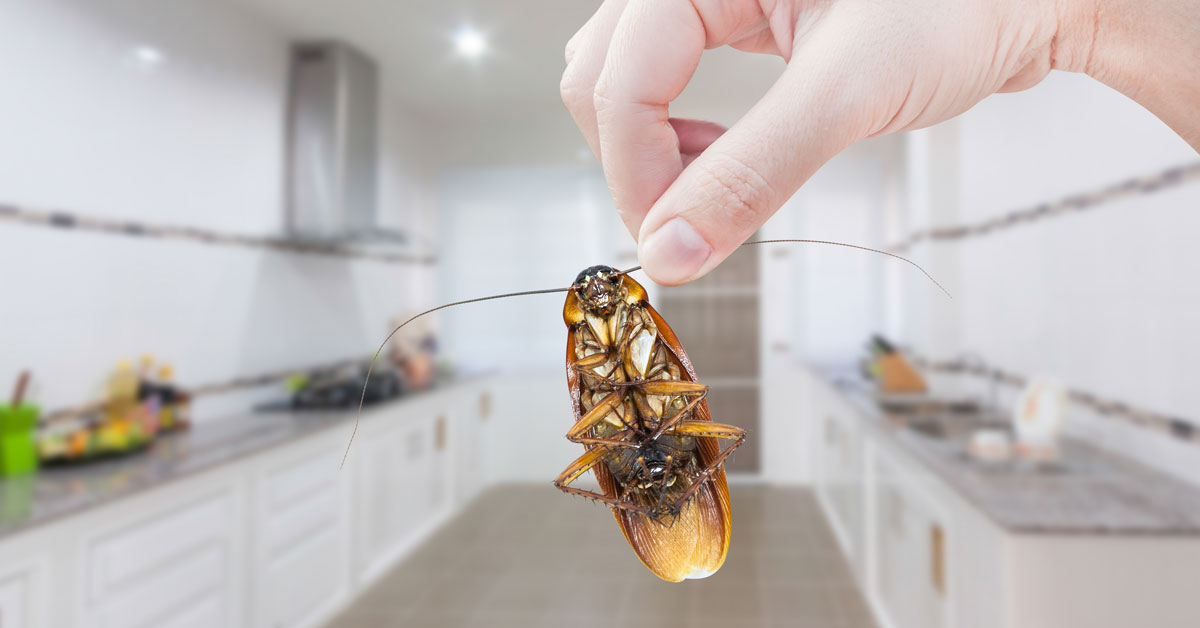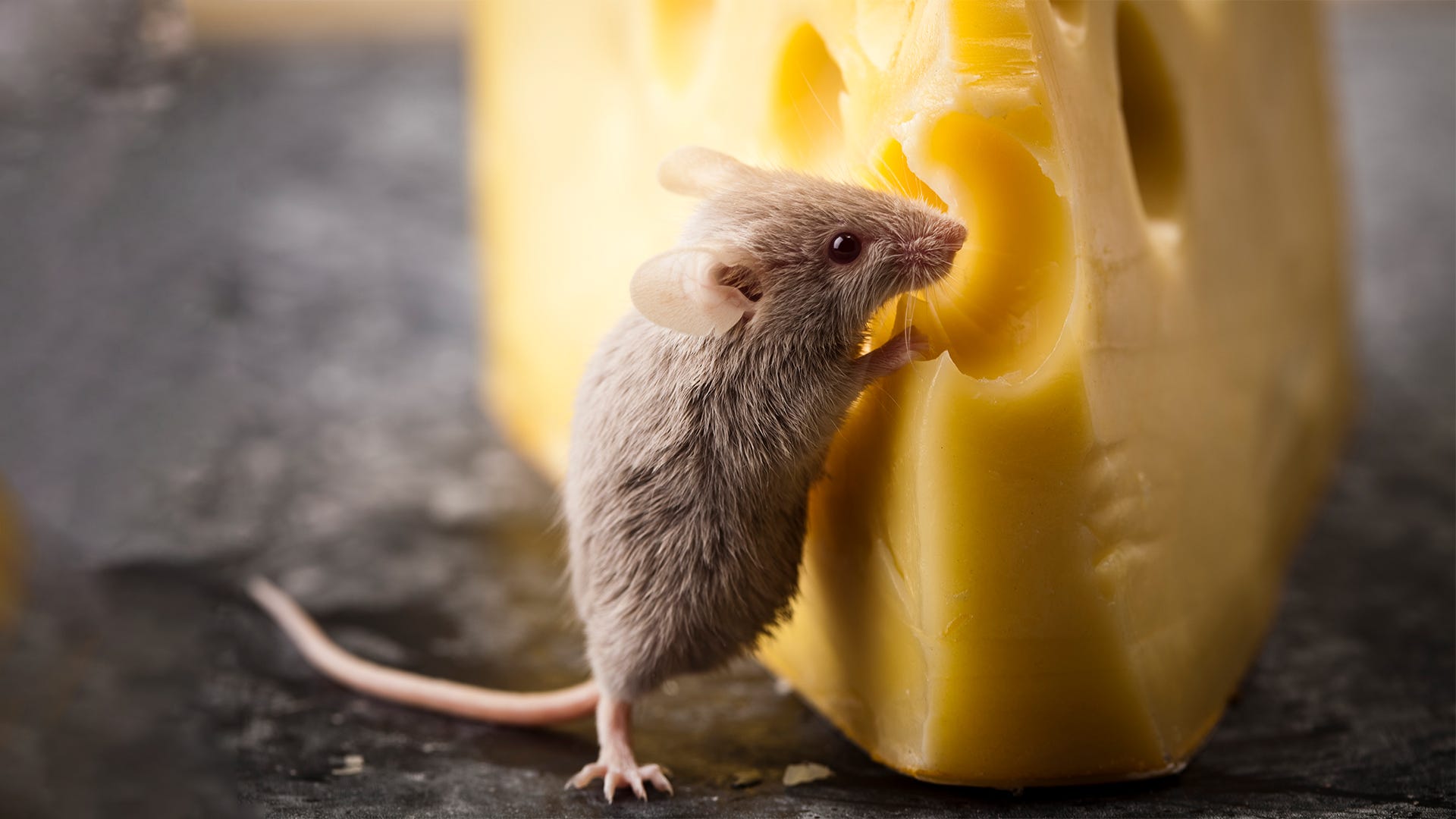
Nobody likes to encounter an uninvited guest in their home, especially if it’s a pest! Whether youre dealing with mice, cockroaches, ants, or other common pests that can invade your space, no one wants them around. Fortunately, there are ways to stop these intruders without having to resort to expensive and potentially hazardous chemical treatments.
DIY pest control is the way forward – simple and safe methods of handling household invaders that will help keep your home free from unwanted guests! Read on as we uncover exactly what’s involved in effective DIY pest control so you can get started right away.
Identifying Common Household Pests
When it comes to identifying common household pests, the first step is to familiarize yourself with the types of critters that can invade your home. Understanding what makes each pest unique is essential in determining which type you are dealing with and how best to handle them.
Some of the most frequent intruders include ants, roaches, mice and rats, silverfish, fleas, moths, and bed bugs. Ants are small black or brown insects that usually live in colonies outdoors but may enter your home looking for food or shelter.
Roaches typically prefer warm moist places like kitchens and bathrooms; they may be reddish brown or nearly black depending on their species. Mice and rats will chew through almost anything including wood and electrical wiring; they tend to build nests near food sources such as cupboards or pantries since they require a steady diet of grains and proteins. Silverfish are silvery gray insect-like creatures that feed on carbohydrates found in paper products so you’ll often find them near bookshelves or other storage areas where papers might be kept.
Fleas thrive off mammalian blood so if an animal is living inside your house it could bring these parasites into your home although they can also come from outside sources; look for tiny dark spots (their droppings) around carpets furniture upholstery pet beds etc. Moths tend to live anywhere wool fabrics might be stored such as closets drawers cabinets etc. while bedbugs can hitchhike onto belongings when brought inside from public places like movie theaters hotels parks etc.
By becoming familiar with common household pests you have a better idea of how to go about tackling any infestations that occur without having to call in professional help – which saves both time and money!
Non-Toxic Solutions for DIY Pest Control

DIY pest control is an effective way to keep your home free of unwanted visitors without the use of toxic chemicals. There are many safe methods for tackling common household intruders, such as ants, cockroaches, and mice.
Non-toxic solutions can include setting up traps or using natural repellents like cayenne pepper or vinegar. Traps should be placed in areas where activity has been spotted while natural repellents can be used to create a barrier around problem areas.
If you’re dealing with pests that require more specialized treatment, consider calling a professional who specializes in organic techniques. These professionals have access to products not available at retail stores and may provide safer alternatives than what is typically found on store shelves.
With the right information and preparation, DIY pest control can help protect your family from these pesky invaders without having to resort to dangerous chemicals.
Prevention Strategies to Keep Pests Away
When it comes to preventing pests from entering your home, there are several safe and effective strategies you can take. One of the most important things you can do is to keep food items sealed and stored in airtight containers.
This will make it harder for pests like rodents and ants to access any potential sources of food. Additionally, keeping kitchen surfaces clean by wiping down counters and scrubbing dishes after each meal will help deter pests from lingering around for too long.
Other preventive tactics include sealing up cracks or openings in windows, doors, or walls that could be allowing unwanted visitors into your home. Furthermore, you should regularly check for standing water as this may attract mosquitoes or other flying insects into the area.
If necessary, use traps around the perimeter of your house so that if an unwelcome guest does enter they won’t stay inside for very long. Finally, inspect any plants before bringing them indoors as some bugs may have hitchhiked their way onto them during their journey!
Effective Traps and Baits for Targeted Species

When it comes to pest control, setting effective traps and baits is an important part of ensuring a successful DIY project. While the most common traps are snap traps and live catch cages, other more specialized techniques can be used to target specific species.
For example, certain insects such as cockroaches may require bait stations that contain food or insecticide while rodents prefer peanut butter or cheese-baited glue boards. Even for larger pests such as snakes or raccoons, the right type of trap is essential to capture them humanely and safely remove them from the premises.
With proper research into the targeted species, finding out what kind of bait will work best for each situation can go a long way toward making sure your DIY pest control efforts are successful.
Conclusion
DIY pest control is a safe and cost-effective way to handle household intruder problems, as long as the proper precautions are taken. When DIY methods fail or become too much of a hassle, it may be time to call in an expert like Best Pest Control Brisbane. They can provide you with the latest techniques and products for safely eliminating pests from your home.
With their help, you can enjoy a safe and pest-free environment without breaking the bank!






